Mathematical Bridge
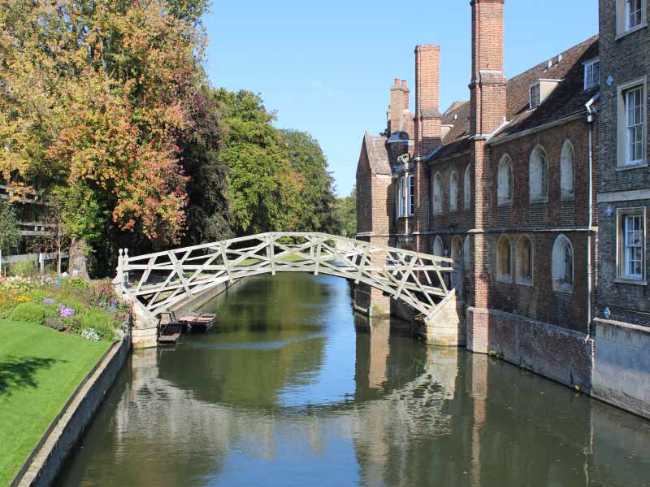
The Mathematical Bridge, officially known as the Wooden Bridge, is one of Cambridge’s most recognisable landmarks, spanning the River Cam at Queens’ College. First built in 1749 to a design by William Etheridge and constructed by James Essex, it has been rebuilt twice, in 1866 and 1905, following the original plans. Ingeniously engineered, the bridge appears to form a graceful arch, yet is made entirely of straight timbers arranged using precise geometric principles, creating both strength and elegance. Its name reflects the mathematical skill behind its tangent and radial truss design, which minimises bending forces and maximises stability. A popular myth claims it was built by Sir Isaac Newton without bolts or nails, but in reality it has always been fastened with metal fixings—Newton had died decades before its construction. Offering picturesque views of the river and surrounding college buildings, the Mathematical Bridge remains a symbol of Cambridge’s blend of scientific ingenuity, architectural beauty, and enduring tradition.
Cambridge United KingdomThe Mathematical Bridge is a distinctive wooden footbridge located in the southwest of central Cambridge, spanning the River Cam to connect two parts of Queens' College. It stands about 100 feet northwest of Silver Street Bridge and links the older Tudor section of the college with the newer Erasmus Building. The bridge was designed by William Etheridge and built in 1749 by James Essex, and despite its arch-like appearance, it is composed entirely of straight timber beams arranged in a sophisticated tangent and radial trussing system for structural integrity. Nearby on one side is the 15th-century President’s Lodge, part of Queens' College, and the bridge can be viewed from Silver Street, a prominent riverside street in Cambridge. For visitors, the nearest transport hub is Drummer Street bus station in the city centre, and limited parking is available near Queens’ College. The Mathematical Bridge is a Grade II listed building and a celebrated example of 18th-century engineering surrounded by the historic ambiance of Cambridge University’s riverside.
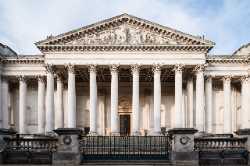 Fitzwilliam Museum
Cambridge
Fitzwilliam Museum
Cambridge
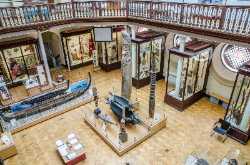 Museum of Archaeology and Anthropology
Cambridge
Museum of Archaeology and Anthropology
Cambridge
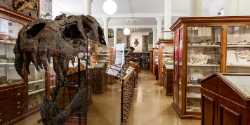 Sedgwick Museum of Earth Sciences
Cambridge
Sedgwick Museum of Earth Sciences
Cambridge
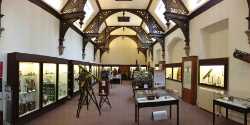 Whipple Museum of the History of Science
Cambridge
Whipple Museum of the History of Science
Cambridge
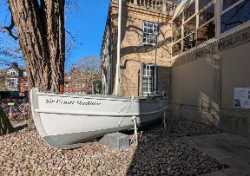 Polar Museum
Cambridge
Polar Museum
Cambridge
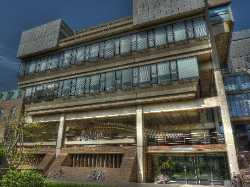 Museum of Zoology
Cambridge
Museum of Zoology
Cambridge
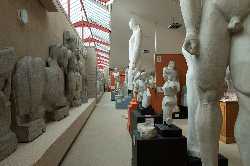 Museum of Classical Archaeology
Cambridge
Museum of Classical Archaeology
Cambridge
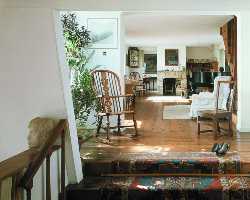 Kettle’s Yard
Cambridge
Kettle’s Yard
Cambridge
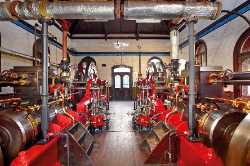 Cambridge Museum of Technology
Cambridge
Cambridge Museum of Technology
Cambridge
 Cambridge Science Centre
Cambridge
Cambridge Science Centre
Cambridge
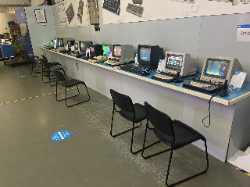 Centre for Computing History
Cambridge
Centre for Computing History
Cambridge
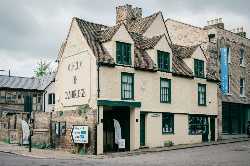 Museum of Cambridge
Cambridge
Museum of Cambridge
Cambridge
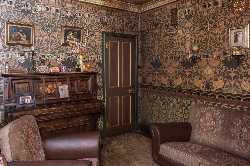 David Parr House
Cambridge
David Parr House
Cambridge
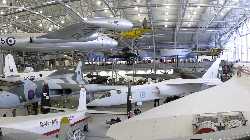 IWM Duxford
Cambridge
IWM Duxford
Cambridge
 Bottisham Airfield Museum
Cambridge
Bottisham Airfield Museum
Cambridge
 Cambridge Arts Theatre
Cambridge
Cambridge Arts Theatre
Cambridge
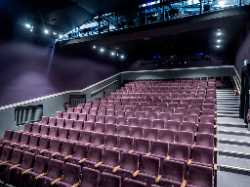 ADC Theatre
Cambridge
ADC Theatre
Cambridge
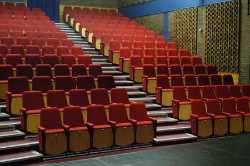 Mumford Theatre
Cambridge
Mumford Theatre
Cambridge
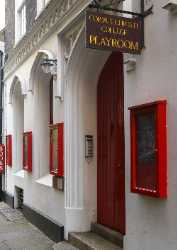 Corpus Playroom
Cambridge
Corpus Playroom
Cambridge
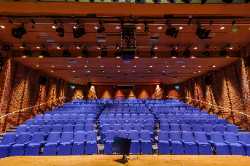 Robinson Theatre
Cambridge
Robinson Theatre
Cambridge
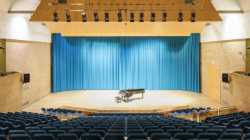 West Road Concert Hall
Cambridge
West Road Concert Hall
Cambridge
 MODO Gallery
Cambridge
MODO Gallery
Cambridge
 Cambridge Artworks & Artspace
Cambridge
Cambridge Artworks & Artspace
Cambridge
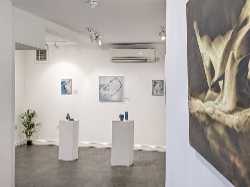 GALLERIE V
Cambridge
GALLERIE V
Cambridge
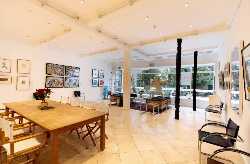 ArtSpace5-7
Cambridge
ArtSpace5-7
Cambridge
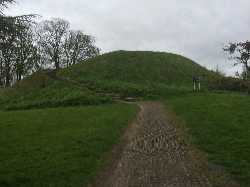 Castle Mound
Cambridge
Castle Mound
Cambridge
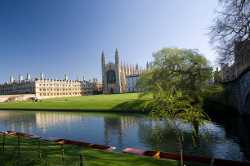 The Backs
Cambridge
The Backs
Cambridge
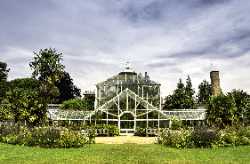 Cambridge University Botanic Garden
Cambridge
Cambridge University Botanic Garden
Cambridge
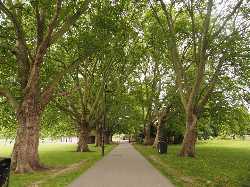 Jesus Green
Cambridge
Jesus Green
Cambridge
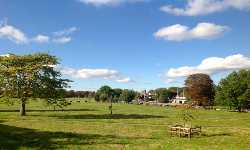 Midsummer Common
Cambridge
Midsummer Common
Cambridge
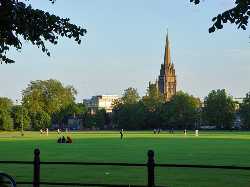 Parker’s Piece
Cambridge
Parker’s Piece
Cambridge
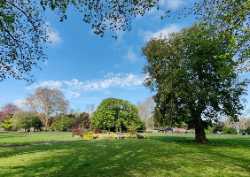 Christ’s Pieces
Cambridge
Christ’s Pieces
Cambridge
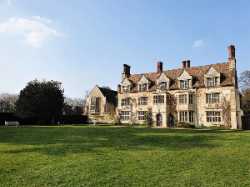 Anglesey Abbey
Cambridge
Anglesey Abbey
Cambridge
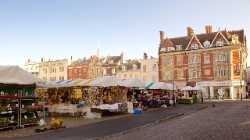 Cambridge Market Square
Cambridge
Cambridge Market Square
Cambridge
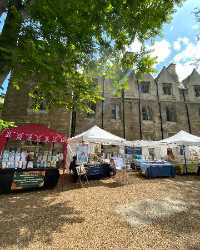 All Saints Garden Art & Craft Market
Cambridge
All Saints Garden Art & Craft Market
Cambridge
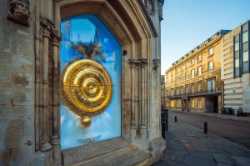 The Corpus Clock
Cambridge
The Corpus Clock
Cambridge
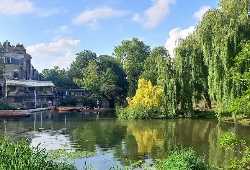 Laundress Green
Cambridge
Laundress Green
Cambridge